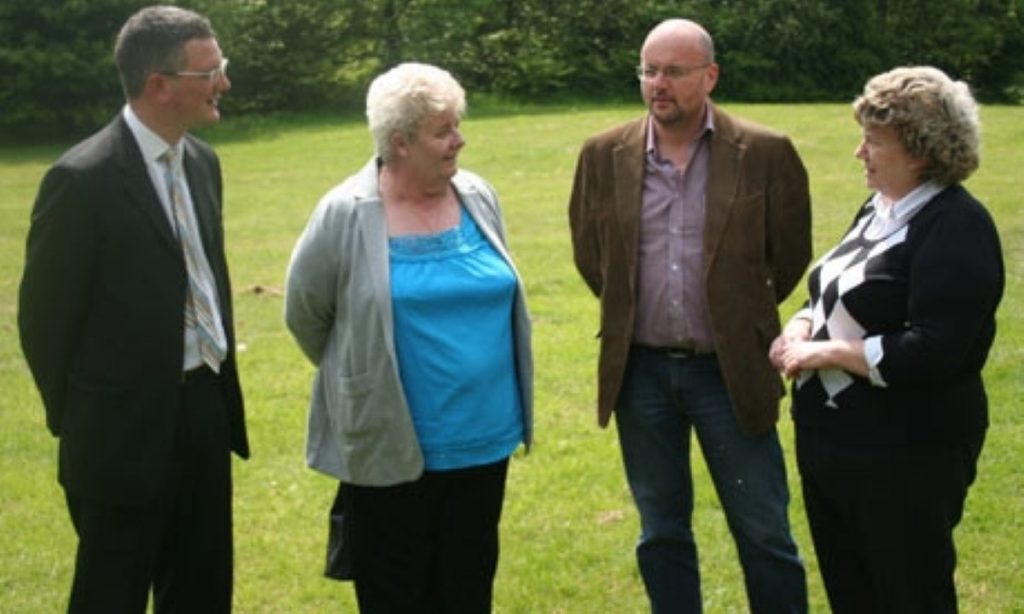Women face 150-year wait for equality in local government
By Phil Scullion
Women will have to wait 150 years to gain equal representation in local government, according to a report published today.
A study by the Centre for Women and Democracy found that in the May 2011 local authority elections there was a net increase of 20 women councillors across 3,500 seats.
Voters were faced with 318 wards where all the candidates were male, in comparison with just 22 where all were female.


Nan Sloane, report author and director of the Centre for Women and Democracy, said: “If the annual increase in women councillors stays as it is it will be many generations before women have an equal voice in local decision-making.
“This is shocking, and goes against all the rhetoric that we hear so often about the need for more women in public life.
“We think that it’s astonishing that nobody has responsibility for the diversity of democracy nationally.
“In a genuinely representative democracy women would not be regarded as an added extra.”
National statistics show that 31 per cent of UK councillors are women.
Ms Sloane added: “They’re 51 per cent of the population, they’re more likely to be both the users and the providers – as employees – of local services, and they pay equal taxes. It’s high time they were equally represented.”
Anna Bird, acting chief executive of the Fawcett Society said: “Nearly a century on from winning the vote, women remain outsiders in the corridors of power.
“We are underrepresented in town halls across the country and in Westminster – where men outnumber women four to one.
“This report should act as a wake-up call for those who think business as usual will deliver the step change in women’s representation we so urgently need. Wishing and hoping isn’t working, it’s time we took a new approach.”
The Centre for Women and Democracy and Fawcett Society are part of the Counting Women In campaign which was formed to address the lack of women in politics.

